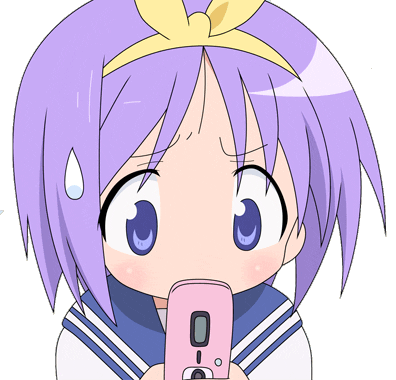Over the weekend I went with my son to get him a new keitai, or cell phone. Portable phones are so ubiquitous in Japan that NTT has actually started removing some payphones from public areas due to lack of use. With the penetration rate for cell phones near 100%, things can get pretty competitive between the three cell phone companies, who offer bonuses of up to $250 for defecting from other companies. As usual, it was fun to browse the lineup of phones offered and see how they differed from what’s available back home. While most phones sold in the U.S. are made by Nokia, Motorola or South Korean manufacturers, nearly all handsets sold here are from well-known Japanese companies, and you can buy co-branded units like a Sharp Aquos phone to go with your Aquos flat-screen TV or a “Wooo” phone sold by Panasonic under that brand. As usual the current lineup of phones are long on style, many being so beautiful you might have trouble identifying them as phones. Most support common features such as “1-seg” TV viewing, screens that slide sideways to allow you to view PC-style websites during your morning train commute and support for electronic payment systems that let you touch your phone to a magnetic plate to pay for train tickets, food and so on. I’m amazed at the breakneck pace the industry runs at, and the life of a given model of phone is only four months or so, after which time the manufacturers have to upgrade it or risk falling behind. Japan’s cell phone culture is cool, but it may end up harming the country’s long-term standing as a technically advanced nation: the phones are so good that many forgo owning computers, and thus often don’t have basic skills that most of us take for granted, like how to use a spreadsheet.

Cell phones in Japan are fun, but are they harming Japan’s future?















